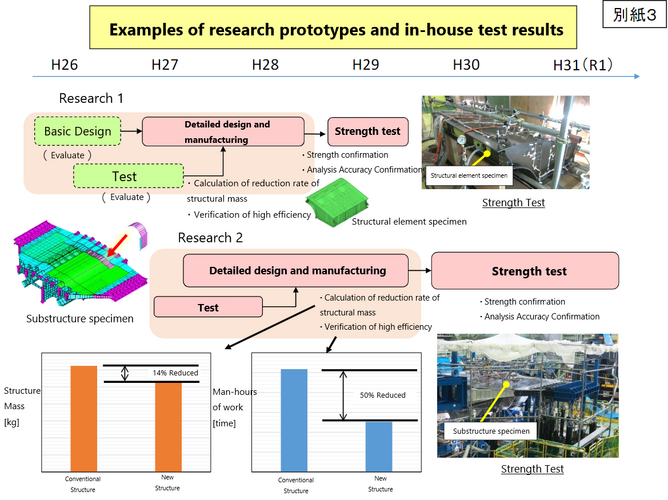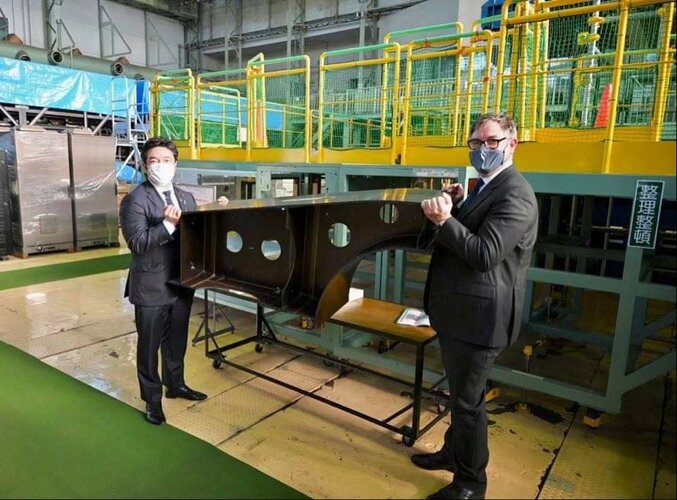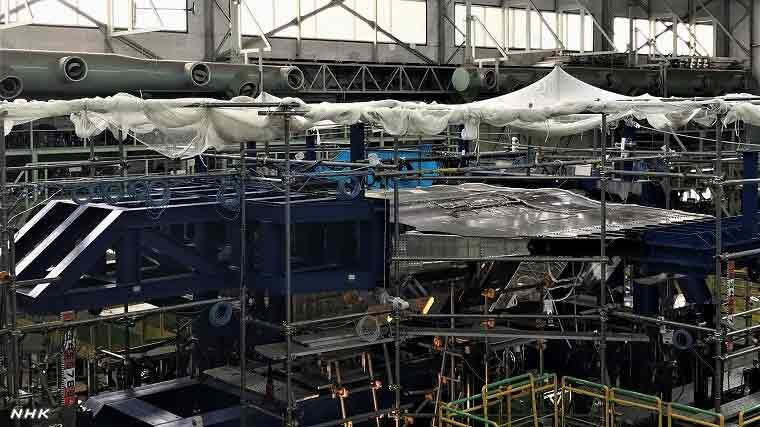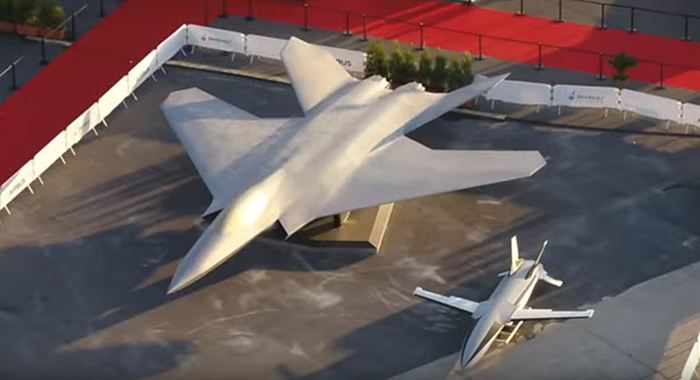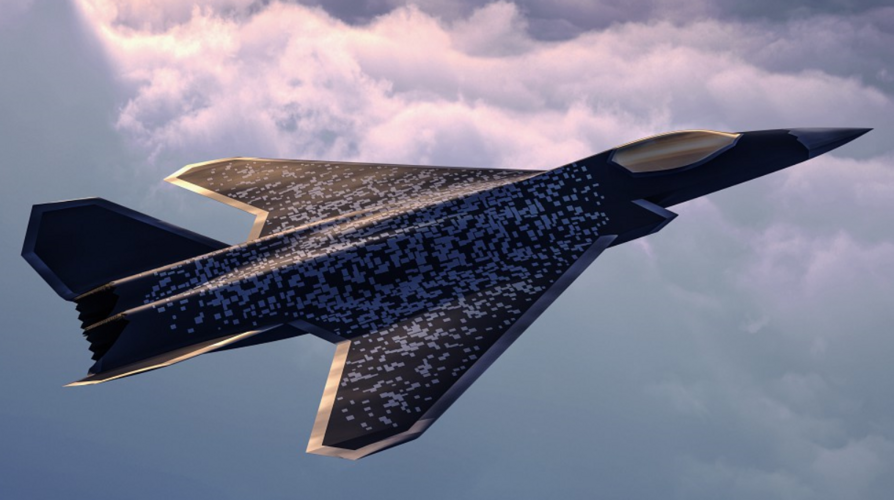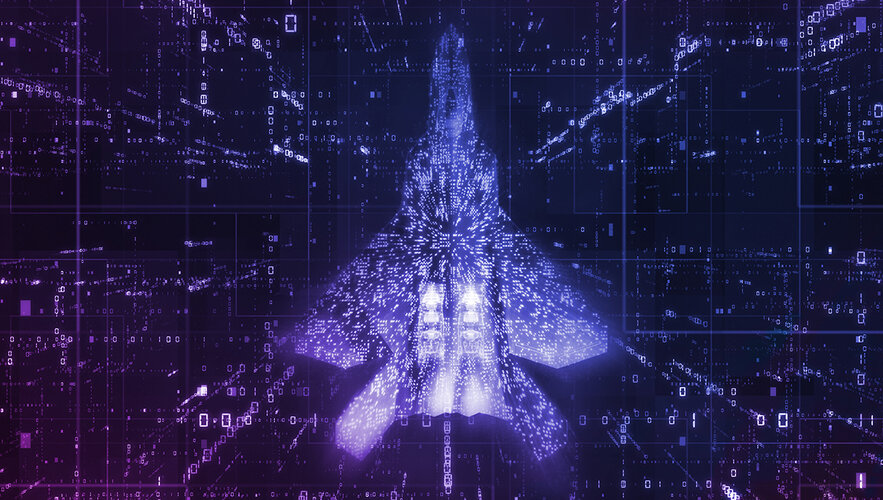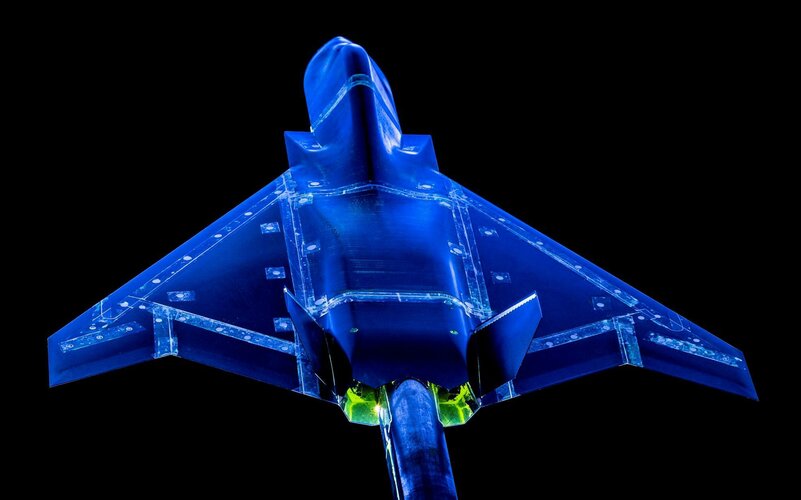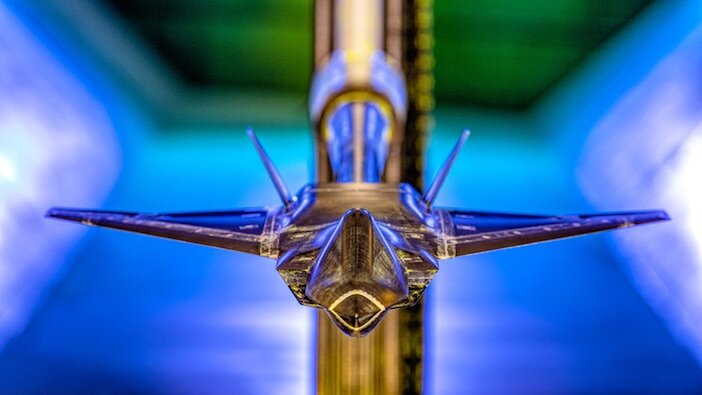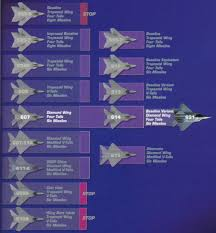JASDF's next fighter will be developed as a common aircraft with the UK.
2022/08/14 05:00
The Japanese and British governments made final adjustments in the direction of unifying the development plans of the two sides and jointly developing a common aircraft for the JASDF and the RAF's next fighter. In addition to nearly matching the performance required for the next fighter, it was determined that development costs could be reduced.
This was announced by several government officials. The costs related to development will be included in the defence budget request for fiscal 2023, and the overall picture of the development will be determined within this year.
Britain planned to deploy the Tempest, the successor to its main fighter, the Eurofighter Typhoon, in combat by 2035 and develop it jointly with Italy and Sweden.
In subsequent discussions between the Japanese and British governments, it was agreed that it would be appropriate to standardize the aircraft because the required performance was almost the same and the development period overlapped. It is also expected to reduce development costs, which are said to significantly exceed 1 trillion yen, and improve production efficiency.
Italy is also participating in the joint development. Lockheed Martin's involvement is expected to be limited to ensuring interoperability with U.S. military aircraft.
【読売新聞】 日英両政府は航空自衛隊と英空軍の次期戦闘機について、双方の開発計画を統合し、共通機体を共同開発する方向で最終調整に入った。次期戦闘機に求める性能がほぼ一致していることに加え、開発費の抑制が図れると判断した。日本政府は完

www.yomiuri.co.jp



